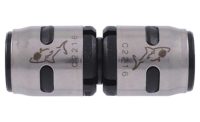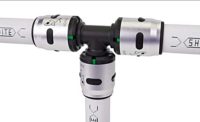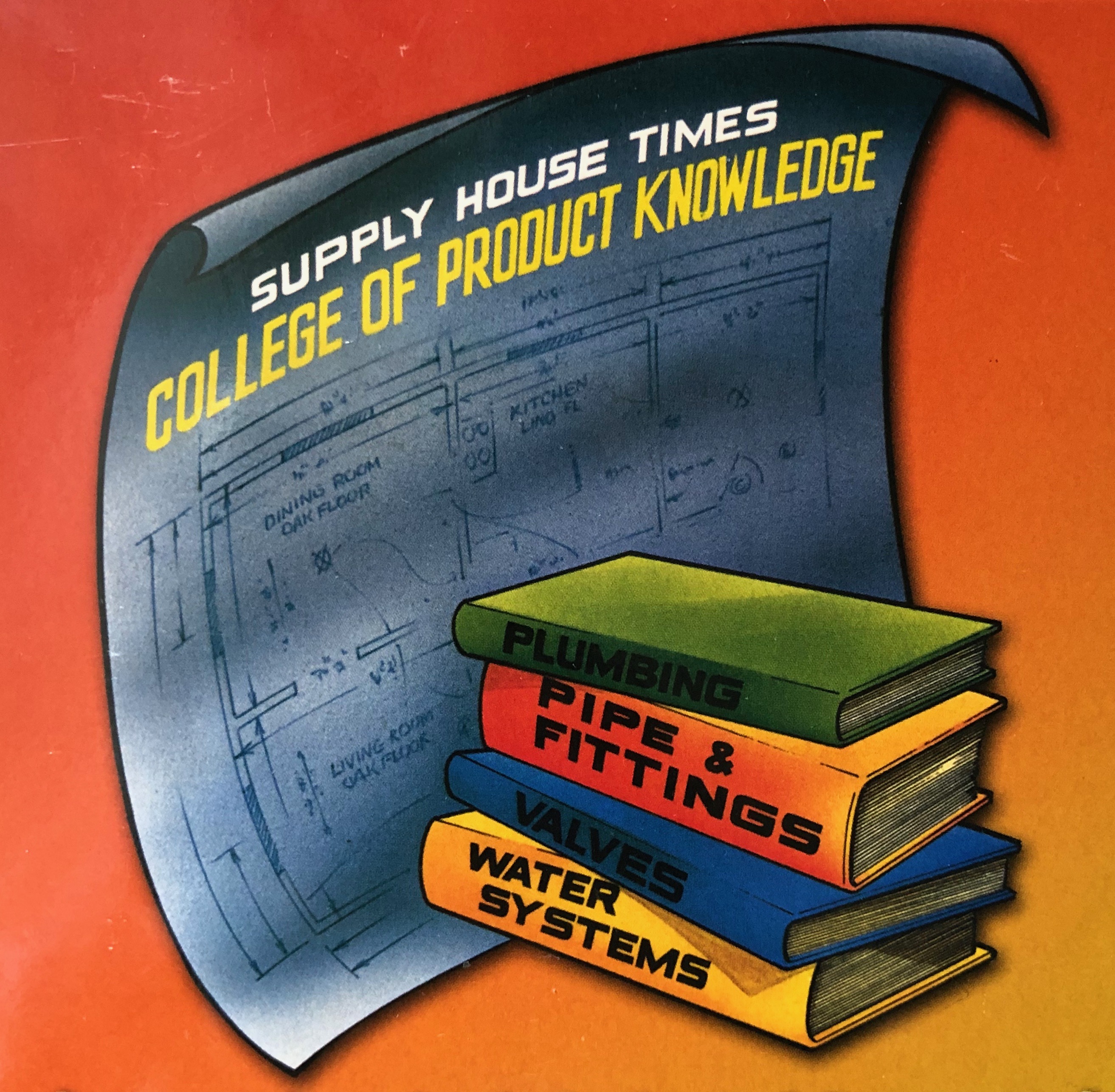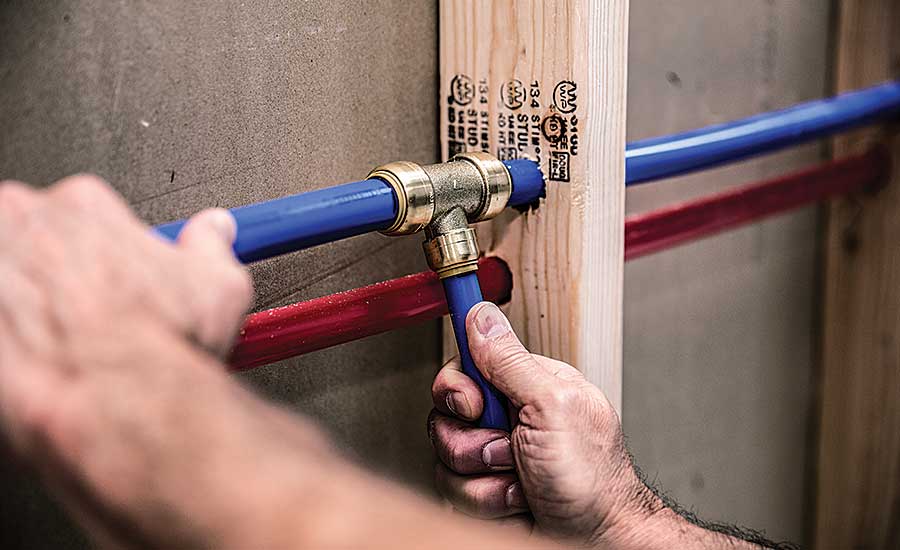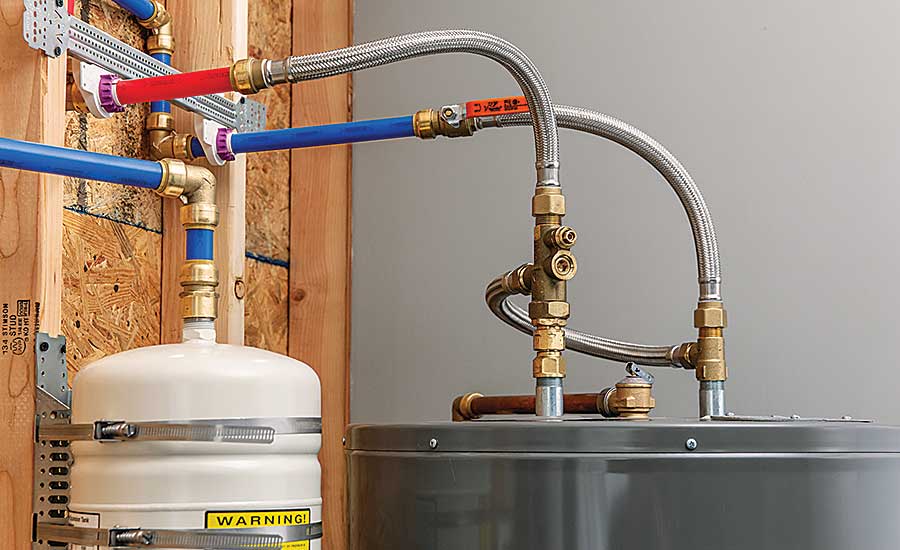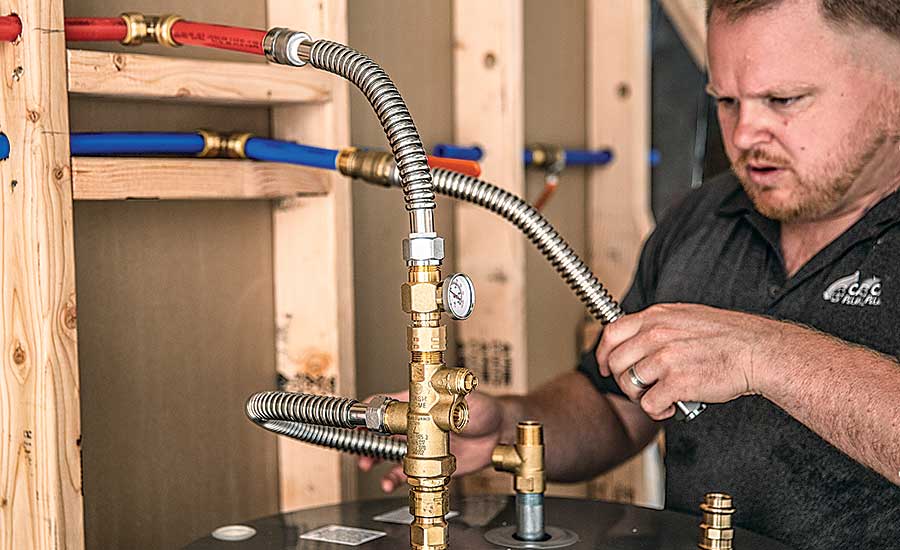The future of PEX and push-to-connect
The current realities and future prospects of PEX plumbing systems.
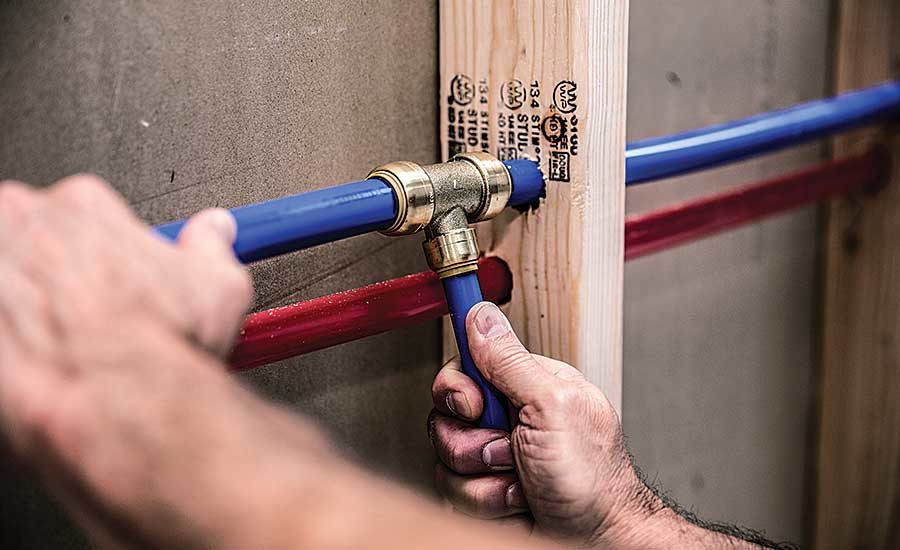
Advances over the past two decades have led to a surge In PEX use for new construction and retrofitting. Photos courtesy of Reliance Worldwide Corp.

Push-to-connect PEX systems are particularly useful in water heater Installations.

Be sure to use best practices when installing push-fit systems.



Push-to-connect, also known as push-fit, plumbing solutions have been on the market for a few decades as a time-saving alternative to traditional plumbing systems that require soldering or glue.
PEX (cross-linked polyethylene), which can be used with push-to-connect fittings, has become more popular with contractors because of its flexibility, and ease of use. The need to transition from different pipes to PEX has increased the usage of push-to-connect fittings due to their efficient method and versatility of connecting different types of pipe.
PEX-based potable water systems have been widespread in Europe since the 1980s, driving improvements in PEX systems. Plumbers in North America took more time to warm up to PEX systems, but advances over the past two decades have led to a surge in PEX use for new construction and retrofitting. According to industry experts, PEX potable water systems are currently used in more than 70% of new residential construction.
PEX connection systems currently on the market include:
Push-fit fittings: Push-fit fittings are a popular, time-saving connection method requiring no special tools or crimp rings. Pipe is cut to length and inserted into a fitting that grips and secures the connection. A disconnection tool is typically required to release the connection.
Crimp and clamp fittings: Crimp and clamp fittings are the most common fitting used in PEX-to-PEX connections. They come in a variety of styles and require copper crimp or stainless steel clamp rings and require a crimp or clamp tool to make a proper connection.
Compression fittings: Compression connections happen by placing a compression insert inside the end of the tubing, sliding a compression ring over the tubing, then securing it with a nut, creating a seal. They are easy to install and remove, but more expensive than crimp fittings.
Expansion fittings: Expansion fittings have an outer plastic sleeve that fits over tubing. A tool is used to temporarily stretch and expand the tubing and sleeve in order to insert a fitting. Once the fitting is inserted, the PEX will shrink back around the fitting to complete the connection.
Press fittings: Press fittings are similar to crimp fittings, but without the outer crimp ring. Once pipe is inserted into the press-fitting sleeve, a press tool compresses the press-fitting sleeve onto the pipe. Most systems are propriety and require a manufacturer-specific press tool.
Why contractors like push-to-connect and PEX
Push-to-connect systems offer a number of advantages. When used in conjunction with PEX, they require fewer fittings than rigid piping, resulting in quicker installation. PEX can be curved around corners without the need for elbow fittings, as well as installed in long runs without the use of couplings, and allows water to flow silently, eliminating or decreasing the water hammer or knocking sound often associated with metal pipes.
Push-to-connect PEX systems are particularly useful in water heater installations. Whereas traditional water systems with rigid pipes must be cut to length and aligned exactly over the water heater, push-to-connect systems with PEX can be installed securely as long as there is an adequate length of tubing. Push-to-connect fittings also can facilitate the transition from the nipples of the water heater to PEX as well as connect PEX to existing copper or CPVC lines. Soldering and glue isn’t required to secure push-fit systems, which eliminates the safety hazards posed by chemicals, solvents and blow torches. Push-to-connect systems utilizing PEX also resist scale, pitting, corrosion and freezing more effectively than rigid plumbing systems.
In addition to the performance difference between push-to-connect and systems that rely on glue and special tools, push-fit systems install more efficiently. This saves contractors and plumbers money by allowing them to get to the next job quicker and achieve quality results with smaller crews.
Confronting reservations about push-to-connect
While push-fit systems are well-established and growing in residential and commercial use, some plumbers and contractors are reluctant to use them due to concerns about leaks as well as having no previous experience with PEX and push-to-connect. Contractors, plumbers and other end users who use push-to-connect fittings can avoid headaches by following these best practices:
-
Keep push fittings in a clean place until use. Dirt, dust, sand and other gritty particles can compromise the seal between the fitting and pipe/tubing.
-
Don’t install push-to-connect systems outdoors without being covered or protected from direct sunlight. Check with the manufacturer regarding the UV rating of their PEX.
-
If burying a push-to-connect system in dirt, refer to the manufacturer’s installation instructions. Most brass fittings require a barrier between the fitting and the soil to prevent corrosion.
-
Always use a pipe cutter to make clean cuts. Using a hacksaw or band saw can create serrated edges that will possibly never fully seal with the push fitting. When releasing a push fitting, always use a designated removal tool to avoid damaging the fitting.
-
Check the required insertion depth for the fittings. Fittings may not fully seal without being pushed on to the required insertion depth.
-
Don’t reuse push fittings more than the manufacturer recommends. The lubricant on most fittings with O-rings can gradually wipe off as the pipe is removed and reinserted. Limit reinsertions as much as possible.
-
Don’t sand copper pipe when using a push fitting, as it may compromise the even surface of the pipe and ruin the seal. When cutting copper pipe, do so gradually with a sharp cutting blade/ring.
-
Don’t use pipe thread sealants, tape, lubricants or glue. They are unnecessary and can compromise a connection.
-
Check the installation instructions provided by the manufacturer of the push fittings. Not all push fittings are the same due to different materials used. Following the manufacturer’s instructions will avoid unforeseen issues.
The future of PEX and push-to-connect
PEX is being used more and more in North America for potable water systems in new construction. As the homes in North America age, the need for retrofitting will also continue to grow, continuing the use for PEX, and in conjunction, push-to-connect.
Looking for a reprint of this article?
From high-res PDFs to custom plaques, order your copy today!



